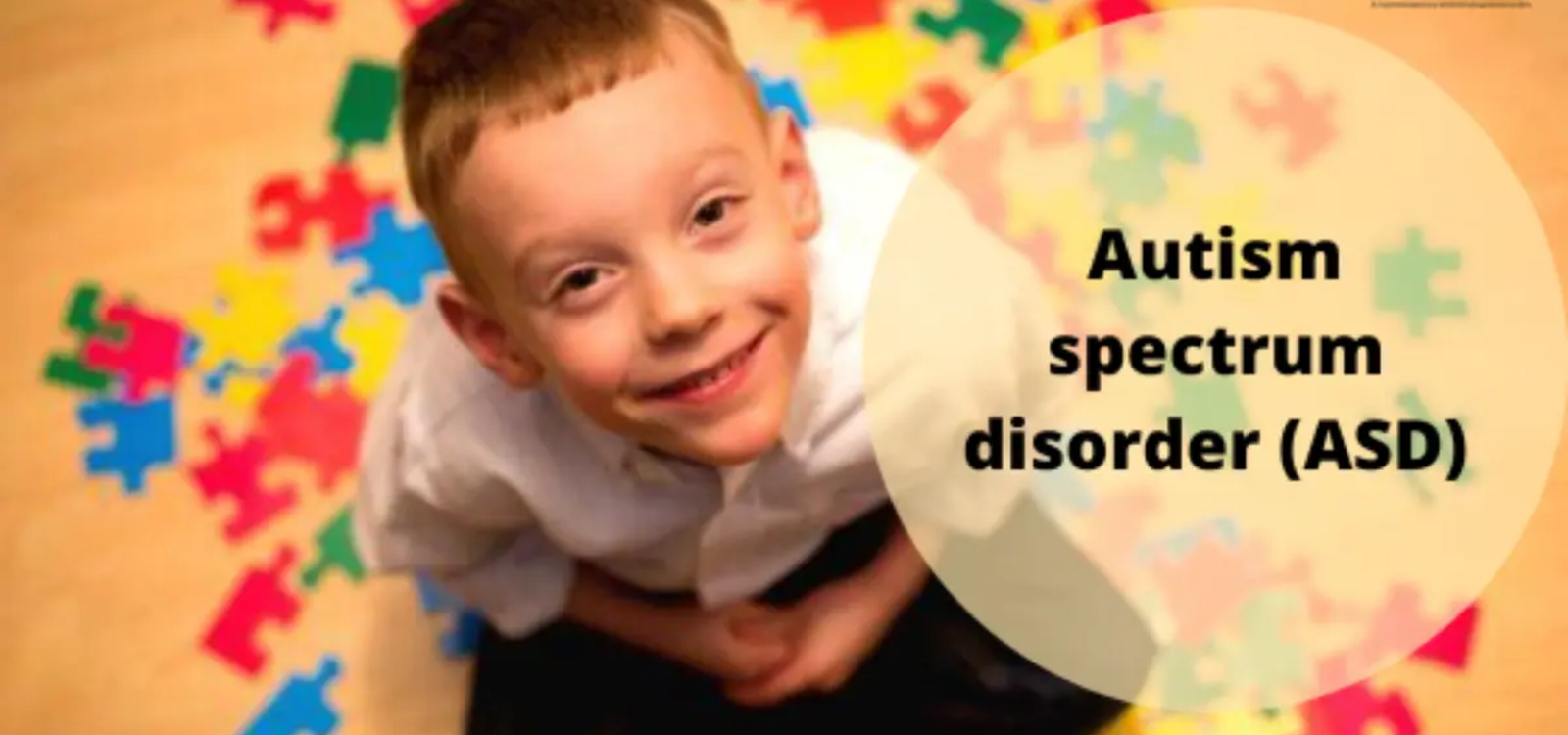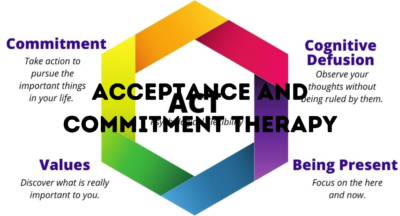
Understanding Autism Spectrum Disorder as per DSM-5-TR
The Diagnostic and Statistical Manual of Mental Disorders, 5th Edition, Text Revision (DSM-5-TR) is a widely used diagnostic manual that provides criteria for the classification and diagnosis of mental disorders. One of the disorders included in the DSM-5-TR is Autism Spectrum Disorder (ASD). ASD is a neurodevelopmental disorder that affects communication, social interaction, and behavior.
Definition of Autism Spectrum Disorder as per DSM-5-TR
Autism Spectrum Disorder is characterized by persistent deficits in social communication and social interaction across multiple contexts, as well as restricted, repetitive patterns of behavior, interests, or activities. These symptoms must be present in the early developmental period and cause significant impairment in daily functioning.
Symptoms of Autism Spectrum Disorder as per DSM-5-TR
The symptoms of Autism Spectrum Disorder can vary widely from person to person. Some common symptoms include:
- Difficulties with social interaction, such as difficulty understanding and responding to social cues, lack of eye contact, and difficulty forming and maintaining relationships.
- Impairments in communication, such as delayed or absent speech, difficulty initiating or sustaining conversations, and repetitive or stereotyped language.
- Restricted and repetitive behaviors, such as repetitive movements (e.g., hand flapping), insistence on sameness, and intense interests in specific topics.
- Hypersensitivity or hyposensitivity to sensory input, such as being over or under-sensitive to sounds, lights, textures, or tastes.
Diagnostic Classification of Autism Spectrum Disorder as per DSM-5-TR
The DSM-5-TR provides a diagnostic classification system for Autism Spectrum Disorder. It categorizes ASD into three levels of severity:
- Level 1: Requiring support – Individuals with Level 1 ASD require some support to function in social settings. They may have difficulty initiating social interactions and may exhibit inflexible behaviors.
- Level 2: Requiring substantial support – Individuals with Level 2 ASD require substantial support to function in social settings. They may have marked deficits in verbal and nonverbal social communication skills and may engage in repetitive behaviors that interfere with daily functioning.
- Level 3: Requiring very substantial support – Individuals with Level 3 ASD require very substantial support to function in social settings. They have severe deficits in verbal and nonverbal social communication skills and exhibit severe repetitive behaviors that severely limit their daily functioning.
Diagnostic Criteria Sets for Autism Spectrum Disorder as per DSM-5-TR
The DSM-5-TR provides specific diagnostic criteria sets for Autism Spectrum Disorder. These criteria include:
- Persistent deficits in social communication and social interaction across multiple contexts.
- Restricted, repetitive patterns of behavior, interests, or activities.
- Symptoms must be present in the early developmental period.
- Symptoms cause clinically significant impairment in social, occupational, or other important areas of functioning.
- These disturbances are not better explained by intellectual disability or global developmental delay.
Subcategories of Autism Spectrum Disorder
Within the broad category of Autism Spectrum Disorder, there are several subcategories that further describe the specific presentation of symptoms. These subcategories include:
- With or without accompanying intellectual impairment
- With or without accompanying language impairment
- Associated with a known medical or genetic condition
- Associated with another neurodevelopmental, mental, or behavioral disorder
- With catatonia
Conclusion
The DSM-5-TR provides a comprehensive framework for understanding and diagnosing Autism Spectrum Disorder. By defining the diagnostic criteria and classification system, it helps clinicians and researchers in accurately identifying and studying individuals with ASD. Understanding the symptoms and subcategories of ASD as per DSM-5-TR is crucial for early detection, intervention, and support for individuals with Autism Spectrum Disorder.
Related Posts
Understanding Cognitive Behavioral Therapy (CBT) and the Cognitive Model
https://www.youtube.com/watch?v=fzzZlZVFEdY What is CBT? Cognitive Behavioral...
Understanding Cognitive Behavioral Therapy (CBT) Principles
https://www.youtube.com/watch?v=S_eHD4Wi7do Introduction Cognitive Behavioral...
Exploring the World of Art Therapy: Benefits, Treatments, and Self-Care
Introduction Art therapy is a form of psychotherapy that utilizes the creative...
Understanding Acceptance and Commitment Therapy: A Comprehensive Guide
Introduction Acceptance and Commitment Therapy (ACT) is a form of psychotherapy...





